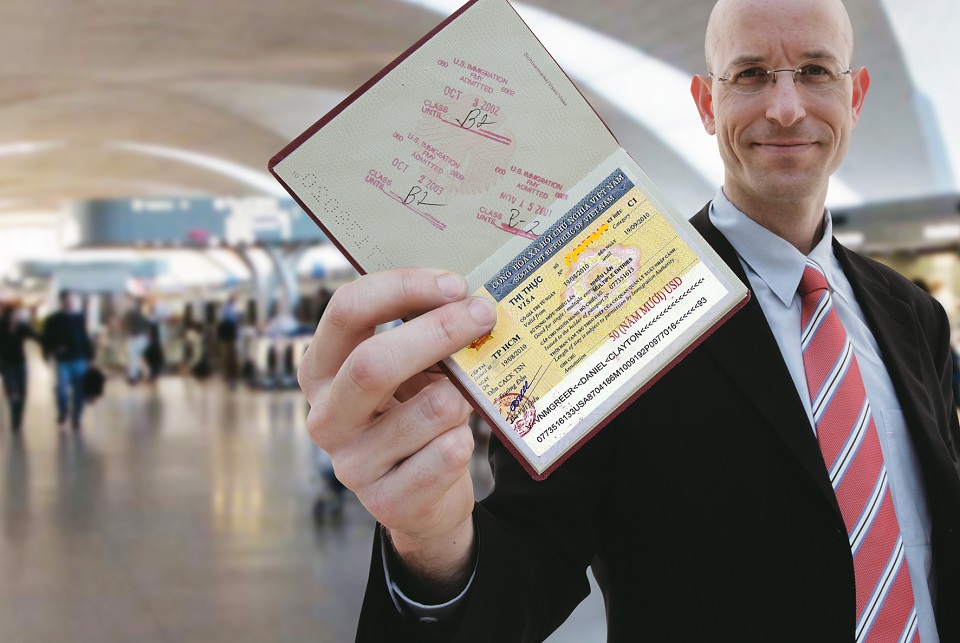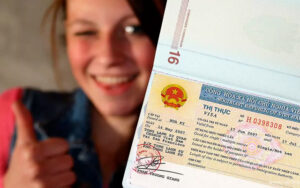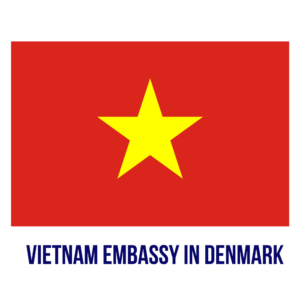Can Danish Citizens Get a Vietnam Visa on Arrival? Absolutely! Danish passport holders are eligible for Vietnam’s Visa on Arrival (VOA) program, a convenient alternative to embassy applications. However, the process involves specific steps, from securing an approval letter to navigating airport procedures. This guide breaks down everything Danish travelers need to know—eligibility, application, pitfalls, and alternatives—to ensure a smooth entry into Vietnam.
Table of Contents
Introduction: Vietnam Visa Options for Danish Citizens
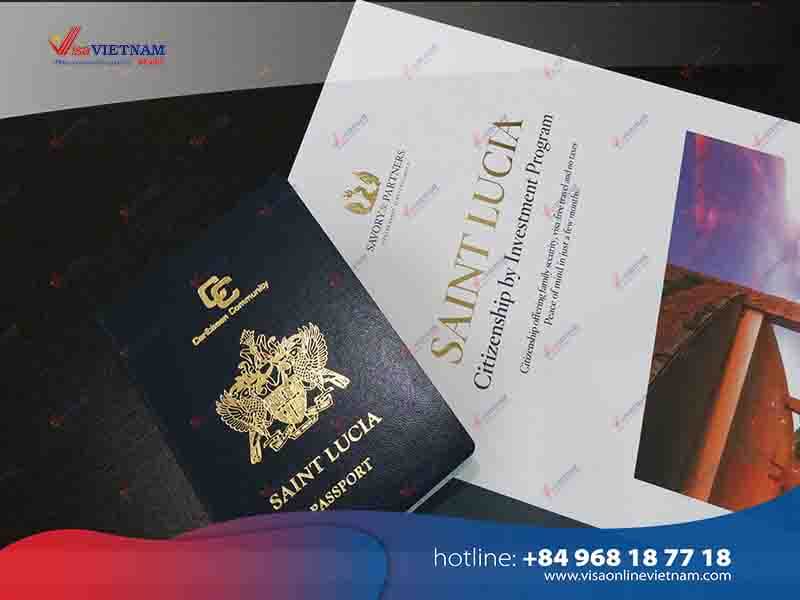
Vietnam’s breathtaking landscapes, bustling cities, and rich history make it a top destination for Danish travelers. But before packing your bags, understanding visa requirements is crucial. Denmark isn’t on Vietnam’s visa-exempt list, so a visa is mandatory. Fortunately, Danish citizens have three primary options: embassy visas, e-Visas, and Visa on Arrival (VOA).
Each method has pros and cons. Embassy visas offer stability but require in-person applications. E-Visas are digital and straightforward but limit stays to 30 days. VOA, meanwhile, balances flexibility and convenience, allowing longer stays and multiple entries—but it’s often misunderstood. Let’s dive deeper.
Why Visa on Arrival Appeals to Danish Travelers
For Danes planning spontaneous trips or multi-entry visits, VOA is a game-changer. Unlike embassy visas, which demand advance planning, VOA approvals can be secured online within days. It’s ideal for those booking last-minute flights or unsure of their itinerary.
However, “on arrival” doesn’t mean no preparation. You’ll still need an approval letter before boarding your flight. This pre-approval, obtained through agencies, is your golden ticket to avoiding entry denials.
Common Misconceptions About VOA
Many assume VOA means walking into Vietnam visa-free. Not true. Without the approval letter, airlines may refuse boarding, and immigration will turn you away. Additionally, VOA is only available at designated international airports—not land borders.
Another myth? That VOA is riskier than embassy visas. In reality, both are official processes; VOA simply outsources pre-screening to agencies. The key is choosing a reputable provider.
Understanding Visa on Arrival (VOA): A Viable Option?
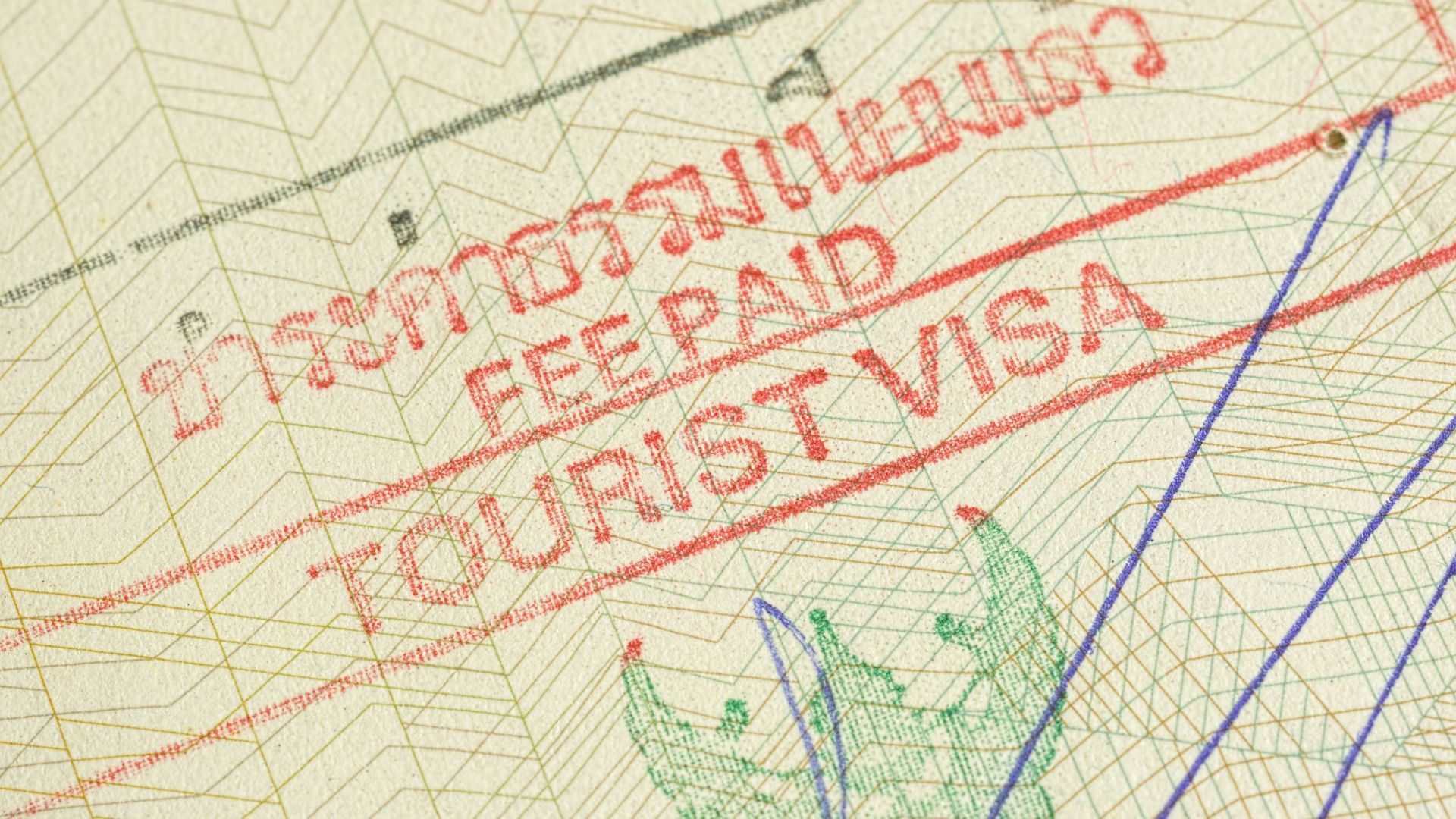
VOA isn’t just a backup plan—it’s a strategic choice for certain travelers. But is it right for you? Let’s explore its mechanics and ideal use cases.
How Vietnam’s VOA System Works
Vietnam’s VOA is a two-step process: pre-approval and stamping. First, a licensed agency in Vietnam submits your details to immigration authorities. Once approved, you’ll receive a letter permitting visa issuance upon landing.
At the airport, present this letter, pay the stamping fee, and get your visa stamped into your passport. It’s a hybrid model blending online convenience with in-person verification.
Pros and Cons for Danish Passport Holders
Pros:
- Speed: Approval letters take 2–3 business days (or less with expedited processing).
- Flexibility: Choose single or multiple entries (30–90 days).
- Cost-Effective: Often cheaper than embassy visas, especially for groups.
Cons:
- Airport-Only: Not valid at land crossings like Cambodia or Laos borders.
- Cash Payment Required: Stamping fees must be paid in USD or VND (no cards).
- Potential Delays: Peak seasons may mean long queues at airport counters.
When to Choose VOA Over an E-Visa
While e-Visas are simpler, they’re restrictive: 30 days, single-entry only. VOA shines for:
- Longer stays (up to 90 days).
- Multi-city itineraries requiring re-entry.
- Urgent travel (same-day processing available).
Eligibility Requirements: Can Danish Nationals Utilize VOA?
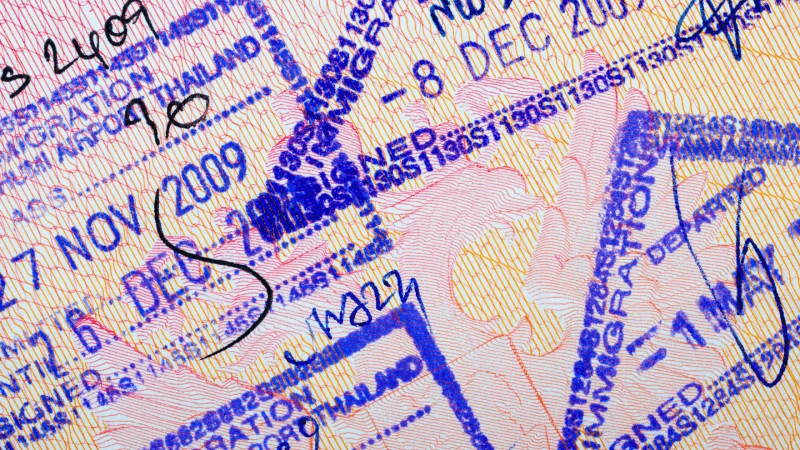
Yes, Denmark is among the 80+ countries eligible for VOA. But eligibility alone isn’t enough—you must meet specific criteria to avoid hiccups.
Passport Validity and Blank Pages
Your passport must:
- Be valid for at least six months beyond your entry date.
- Have two blank pages for the visa stamp and entry/exit endorsements.
Damaged passports or those with insufficient validity may lead to denial, even with an approval letter.
Entry and Exit Requirements
VOA is valid only at these airports:
- Hanoi (Noi Bai).
- Ho Chi Minh City (Tan Son Nhat).
- Da Nang.
- Hai Phong.
- Nha Trang (Cam Ranh).
Attempting entry via land (e.g., from Cambodia) without an e-Visa or embassy visa will result in refusal.
Special Cases: Business Visas and Extensions
Danish citizens can also apply for business VOAs, but these require a sponsoring company in Vietnam to request the approval letter. Overstaying your visa risks fines (around $10/day)—extensions are possible but involve immigration office visits.
The VOA Application Process: A Step-by-Step Guide for Danes
Navigating VOA involves careful preparation. Here’s how to secure your visa stress-free.
Step 1: Selecting a Reputable Agency
Avoid scams by choosing agencies with:
- Positive reviews on TripAdvisor or Trustpilot.
- Clear pricing (typically $10–$25 for the letter + stamping fee).
- Responsive customer service (test via email before paying).
Step 2: Submitting Your Application
You’ll need to provide:
- Full name (exactly as in passport).
- Passport number and expiry date.
- Entry/exit dates and intended port of arrival.
- Visa type (tourist/business, single/multiple entry).
Double-check for typos—errors can void your approval.
Step 3: Receiving and Printing the Approval Letter
The agency emails the letter as a PDF, often listing multiple applicants. Print two copies: one for airline check-in, another for immigration.
Step 4: Airport Procedures
Upon landing:
- Proceed to the VOA counter (before passport control).
- Submit your documents, photos, and NA1 form.
- Pay the stamping fee ($25 for single-entry, $50 for multiple).
- Wait for your visa to be stamped (15–30 minutes).
Pro Tip: Fill out the NA1 form in advance to skip queues.
Potential Challenges and Considerations for Danish Travelers Using VOA
While VOA is reliable, awareness of pitfalls ensures smooth sailing.
Flight Check-In Hurdles
Some airlines (e.g., Thai Airways) may staff unfamiliar with VOA. Carry a printed approval letter and Vietnam’s official VOA guidelines to avoid boarding denials.
Overcrowded Airport Counters
During peak hours (mornings/evenings), waits can exceed an hour. Arrive early or book flights during off-peak times.
Payment Issues
Stamping fees must be in crisp USD bills (no tears or marks) or Vietnamese Dong. ATMs are available, but exchanging currency pre-flight is safer.
Alternatives to Visa on Arrival: Exploring Other Visa Options for Danish Citizens Travelling to Vietnam
VOA isn’t the only path. Consider these alternatives based on your travel style.
E-Visa: The Digital Short-Stay Solution
Ideal for:
- Short, single-entry trips (max 30 days).
- Travelers avoiding agency fees.
Apply online at Vietnam’s official e-Visa portal. Processing takes 3 days, and the $25 fee is non-refundable.
Embassy Visa: The Traditional Route
Best for:
- Those preferring visa certainty before departure.
- Travelers entering via land borders.
Submit applications in person at the Vietnamese Embassy in Copenhagen (or via mail with a prepaid return envelope).
Conclusion
Can Danish Citizens Get a Vietnam Visa on Arrival? Yes—with proper preparation. VOA offers Danish travelers flexibility and efficiency, but success hinges on securing an approval letter and understanding airport procedures. For shorter stays, e-Visas are simpler, while embassy visas suit land entries. Whichever you choose, this guide ensures you’ll step into Vietnam with confidence, ready to explore its wonders visa-ready.
`


